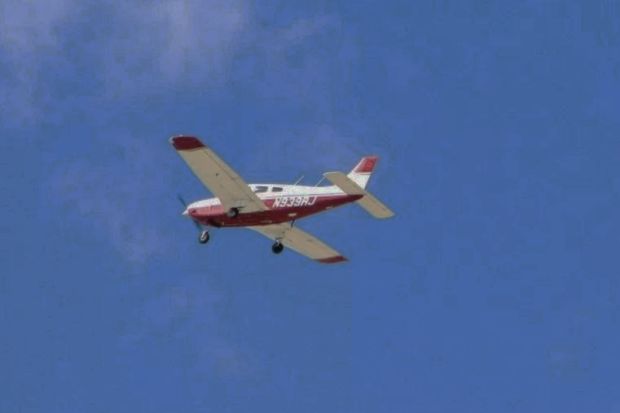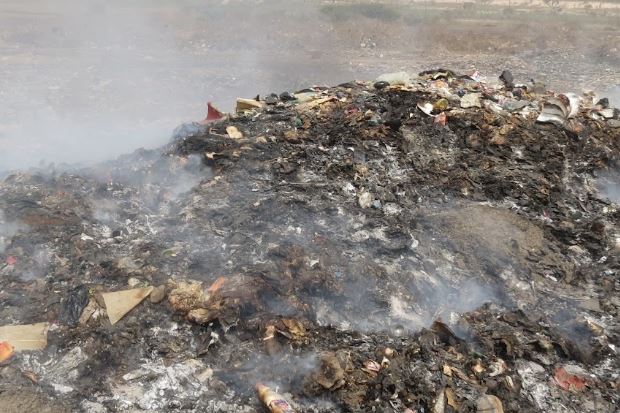Definition
Air pollution can be defined as the presence of toxic chemicals or compounds (including those of biological origin) in the air, at levels that pose a health risk. In an even broader sense, air pollution means the presence of chemicals or compounds in the air which are usually not present and which lower the quality of the air or cause detrimental changes to the quality of life (such as the damaging of the ozone layer or causing global warming).
Causes
Air pollution is probably one of the most serious environmental problems confronting our civilization today. Most often, it is caused by human activities such as mining, construction, transportation, industrial work, agriculture, smelting, etc. However, natural processes such as volcanic eruptions and wildfires may also pollute the air, but their occurrence is rare and they usually have a local effect, unlike human activities that are ubiquitous causes of air pollution and contribute to the global pollution of the air every single day.
Most Common Types of Air Pollutants
A large number of contaminants may pollute the air in a large variety of forms. Almost any toxic chemical could make its way into the atmosphere to pollute the air that we breathe. Aerosol particles (clouds of liquid and solid particles in a gas) that are found in the air may also contain pollutants.
The chemical compounds that lower the air quality are usually referred to as air pollutants. These compounds may be found in the air in two major forms:
- in a gaseous form (as gases),
- in a solid form (as particulate matter suspended in the air).
Sulfur Oxides (SOx)
Toxic gases produced by the volcanic activity, industrial processes, and burning of fossil fuels.
Read moreCarbon monoxide (CO)
Extremely toxic, produced by incomplete combustion and vehicle exhaust.
Read moreCarbon dioxide (CO2)
Not toxic, but may dislocate oxygen and produce death through asphyxiation. Additionally, it is a greenhouse gas, emitted by combustion processes, microbial activity, plant respiration.
Read moreVOCs (Volatile Organic Compounds)
Toxic and carcinogenic, generated through many human activities such as industrial processes and waste disposal.
Read moreParticulate Matter (PM)
PM of volcanoes and wildfires, also produced by fossil fuels, mining, foundries, etc. Read more
Hg in Gaseous Form
Results from industrial processes, mining, foundry activities, and other processes.
Read moreRadioactive Pollutants
Produced through radioactive decay and nuclear explosions, war explosions, etc.
Read moreExamples of Air Pollutants
In most cases, air pollutants cannot be seen or smelled. However, that does not mean that they do not exist in high enough amounts to be a health hazard! Additionally, a number of gases are linked to the so-called "greenhouse effect", which means that those gases retain more heat and thus contribute to the overall global warming. The most common example of a greenhouse gas is carbon dioxide, which is emitted from many industrial processes. Another example is methane, which is also an explosive gas.
Examples of the main air pollution causes:
NATURAL
Volcanic activities, Winds and air currents, Wildfires, Microbial decaying processes, Radioactive decay processes,Increasing temperatures
read moreANTHROPOGENIC
Mining & Smelting, Mine tailing disposal, Foundry activities, Industrial processes, Transportation, Construction & Demolition, Coal Power Plants & Heating of the Buildings, Waste incineration etc.
read moreThe Effects of Air Pollution on Human Health
Air pollution has serious effects on the human health. Depending on the level of exposure and the type of pollutant inhaled, these effects can vary, ranging from simple symptoms like coughing and the irritation of the respiratory tract to acute conditions like asthma and chronic lung diseases.
Skin problems and irritations can develop due to prolonged exposure to several air pollutants, and a variety of cancer forms may develop after inhaling air contaminants. Do not neglect potential diseases caused by air pollution.
Air pollutants that have serious negative effects on the human health can be classified as toxic and non-toxic.
Toxic Pollutants
Carcinogenic
asbestos, PCE, TCE, vinyl chloride (VC), benzene, PAHs (such as benzo[a]pyrene), ethylene dibromide (EDB), ethylene dichloride (EDC), PCBc, As, Cd, Ni, Cr, some Hg compounds, arsenic oxide, some nitrates, pesticides/insecticides/herbicides, radon;
Non-Carcinogenic
lead, carbon monoxide, ammonia, acetone
Non-Toxic Pollutants
These pollutants can still asphyxiate by oxygen depletion, therefore they are still not safe in certain quantities and/or contexts.
Non-explosives:
carbon dioxide
Explosives:
methane



